In order to explain the effect of exhaust tuning on performance, let’s take a quick look at the 4-stroke engine cycle. The first step in the 4-stroke process is the intake stroke. With the intake valve open, the piston travels down the cylinder pulling a fresh air and fuel mixture into the cylinder (intake stroke). When the piston nears bottom dead center, the intake valve closes and the cylinder travels up the cylinder compressing the air/fuel charge (compression stroke). With the piston at the top of the stroke, the spark plug fires and ignites the compressed mixture causing essentially a closed explosion. The pressure of the ignited fuel pushes the piston down the cylinder transferring power to the piston, rod and finally the crankshaft (power stroke). After bottom dead center, the exhaust valve opens and the piston is pushed up the cylinder forcing the exhaust gases out the exhaust port and manifold (exhaust stroke).

As the exhaust valve opens, the relatively high cylinder pressure (70 – 90 psi), initiates exhaust blowdown and a large pressure wave travels down the exhaust pipe. As the valve continues to open, the exhaust gases begin flowing through the valve seat. The exhaust gases flow at an average speed of over 350 ft/sec, while the pressure wave travels at the speed of sound of around 1,700 ft/sec.

As one can see, there are two main phenomenon occurring in the exhaust, gas particle flow and pressure wave propagation. The objective of the exhaust is to remove as many gas particles as possible during the exhaust stroke. The proper handling of the pressure waves in the exhaust can help us to this end, and even help us “supercharge” the engine.
 As the exhaust pressure wave arrives at the end of the exhaust pipe, part of the wave is reflected back towards the cylinder as a negative pressure (or vacuum) wave. This negative wave, if timed properly to arrive at the cylinder during the overlap period can help scavenge the residual exhaust gases in the cylinder and also can initiate the flow of intake charge into the cylinder. Since the pressure waves travel at near the speed of sound, the timing of the negative wave can be controlled by the primary pipe length for a particular rpm.
As the exhaust pressure wave arrives at the end of the exhaust pipe, part of the wave is reflected back towards the cylinder as a negative pressure (or vacuum) wave. This negative wave, if timed properly to arrive at the cylinder during the overlap period can help scavenge the residual exhaust gases in the cylinder and also can initiate the flow of intake charge into the cylinder. Since the pressure waves travel at near the speed of sound, the timing of the negative wave can be controlled by the primary pipe length for a particular rpm.

The strength of the wave reflection is based on the area change compared to the area of the originating pipe. A large area change such as the end of a pipe will produce a strong reflection, whereas a smaller area change, as occurs in a collector, will produce a less-strong wave. A 2-1 collector will have a smaller area change than a 4-1 collector producing a weaker pressure wave. Also, a merge collector will have a smaller area change than a standard formed collector producing a weaker wave.
So, the trick to proper exhaust tuning is to tune an exhaust system is produce a negative wave of the proper strength timed to occur at cylinder overlap. Various exhaust designs have evolved over the years from theory, but the majority are still being built from ‘cut & try’ experimenting. Only lately have computer programs like the Burns X-design or high end engine simulation programs been able to help in this process. Practical tools like adjustable length primary pipes and adjustable collectors allow quicker design changes on the dyno or in the car. When considering a header design, the following points need to be considered:
1) Header primary pipe diameter (also whether constant size or stepped pipes).
2) Primary pipe overall length.
3) Collector package including the number of pipes per collector and the outlet sizing.
4) Megaphone/tailpipe package.
Still stumped? Give us a call and we can design the best performance exhaust for your vehicle with our exclusive X-Design Parametric Program. A big part of how Burns Stainless practices Relentless Innovation.

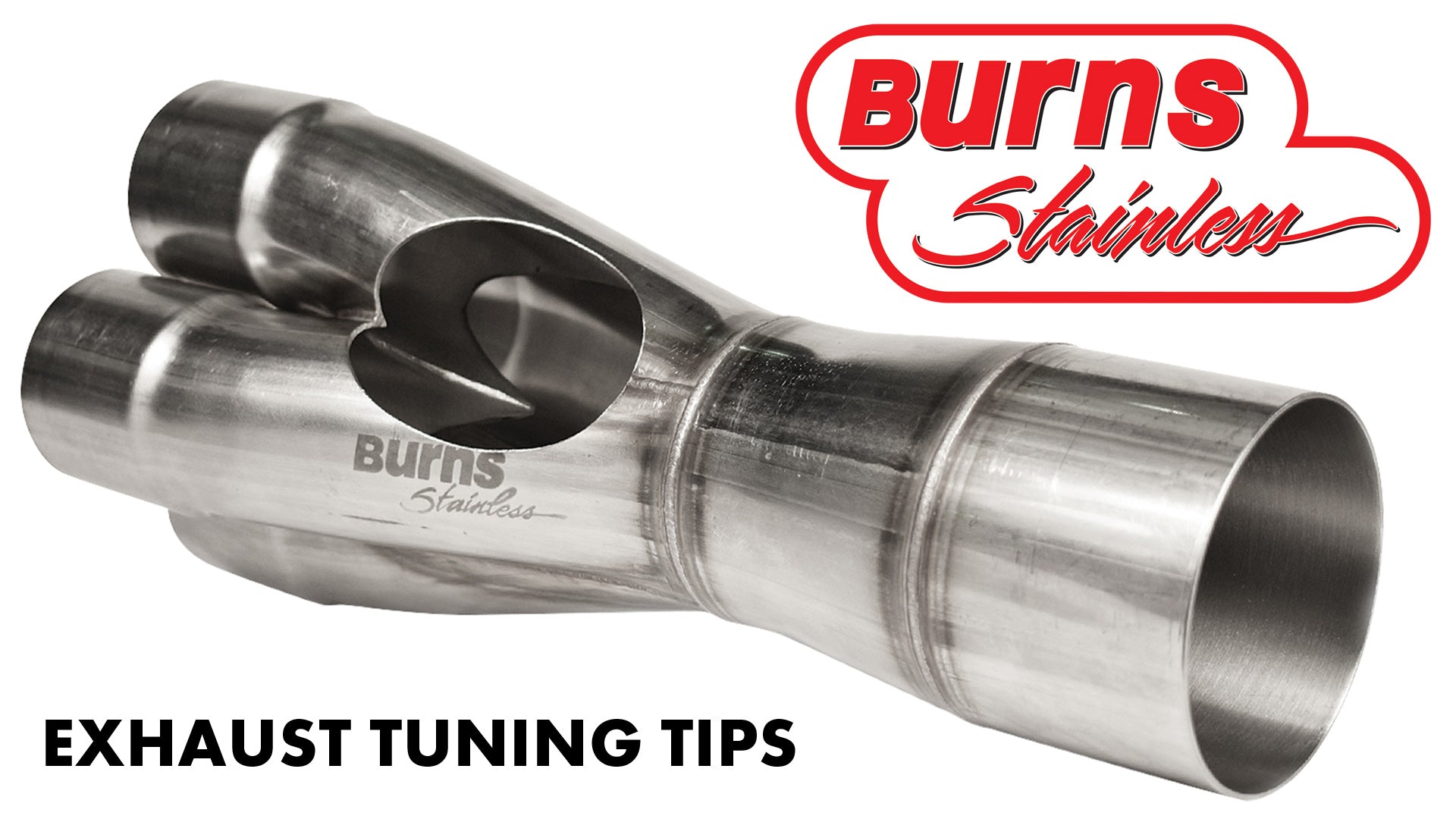


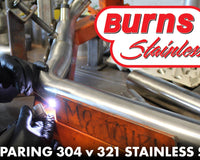

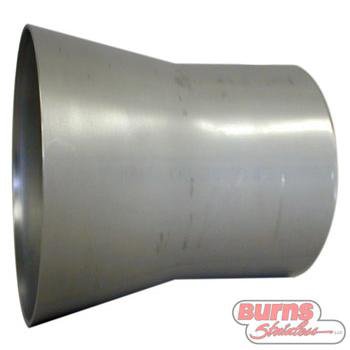
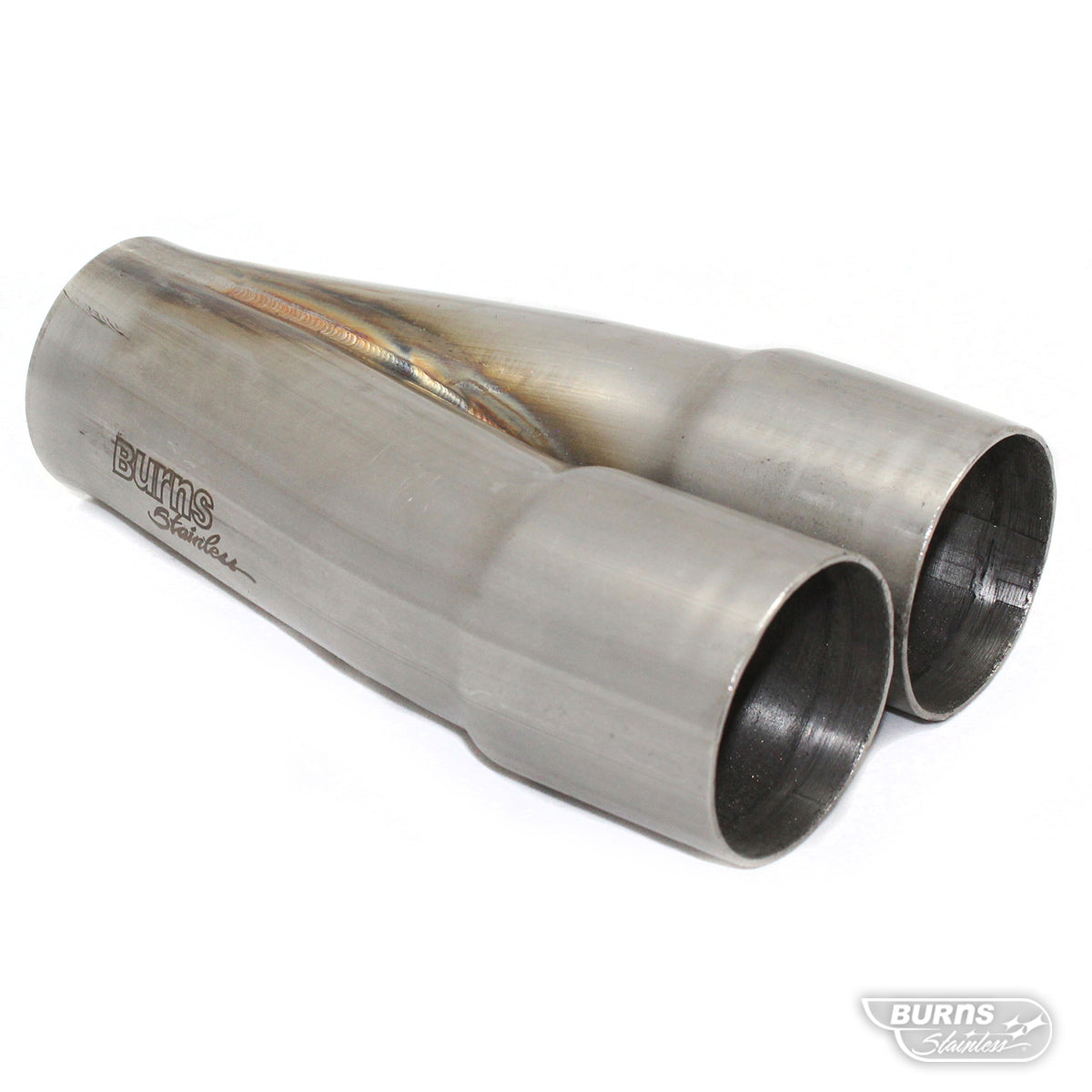


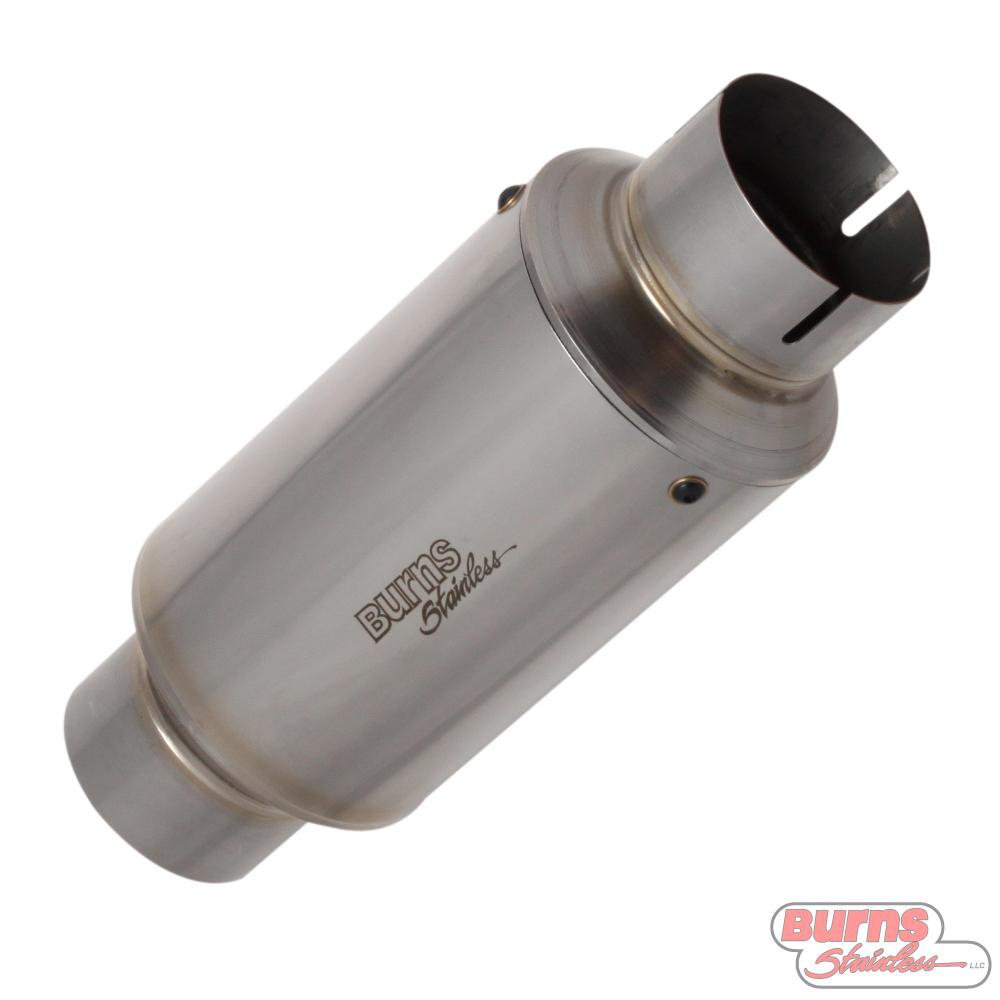
1 comment
Dan Timberlake
“After bottom dead center, the exhaust valve opens”.
I’m sure you know, for any engine from the last 100 years or so, “after” is a typo.
https://www.tildentechnologies.com/Cams/CamHistory.html